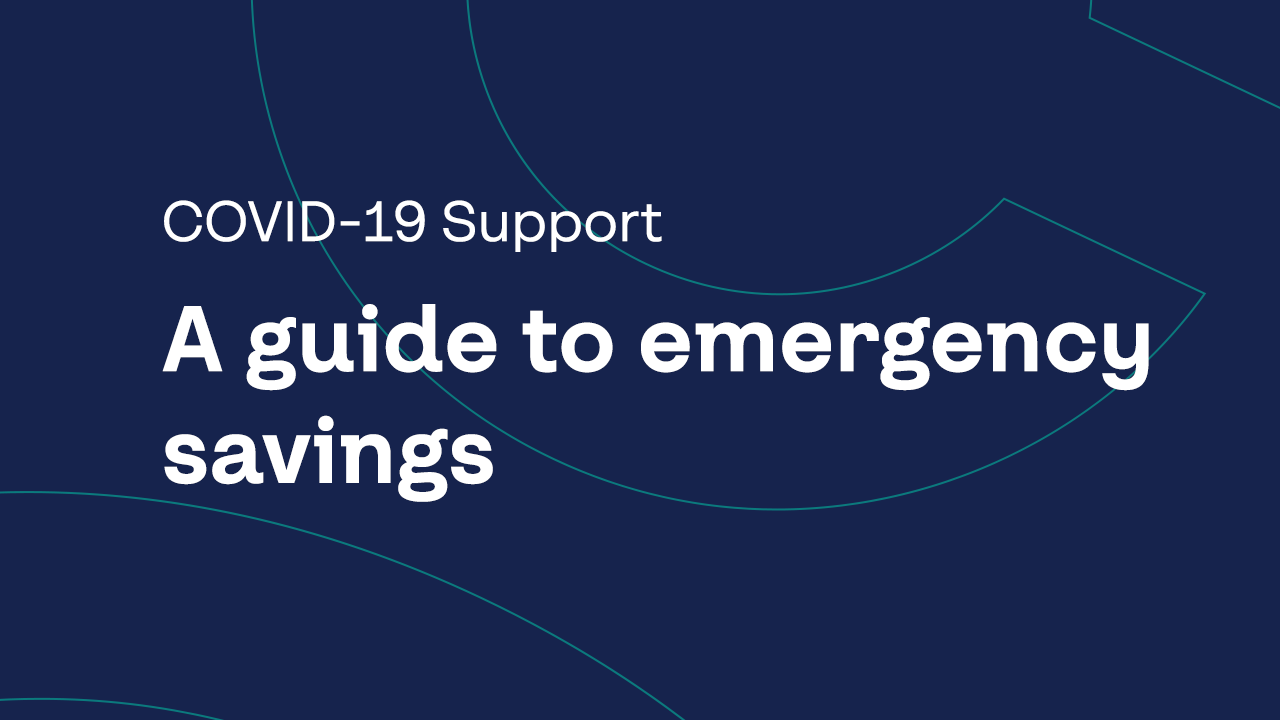Parents are often busy with the obvious items when sending their kids off to school, like stocking up on school supplies and planning after-school activities—both important tasks. But there’s an item you might have easily missed: preparing for your child’s future education through a Registered Education Savings Plan, or RESP—a tax-sheltered investment account to help you save for a child’s post-secondary education or training. It not only allows your savings to grow tax-free but also offers free money (!) from the Canadian government. If you haven’t taken advantage of this opportunity yet, consider the back-to-school season a call to action to kickstart your savings, or if you currently have an RESP, to top it up.
College or university may seem light-years away if you have a young child. But in reality, your kid’s graduation day is not that far off—which is why it’s important to start saving ASAP. What comes next is a 101 lesson on RESPs, as well as expert tips on how to save enough to cover the full cost of a post-secondary education:
Understanding your plan.
A Registered Education Savings Plan, or RESP, is similar to a Registered Retirement Savings Plan (RRSP) or Tax-Free Savings Account (TFSA), in that the cash you stow away in these accounts is protected from being taxed. But the RESP savings vehicle is designed to help fund your child’s post-secondary education. “Any cash that you stash in the RESP grows tax-free,” says Lisa Jackson, Managing Editor of Young and Thrifty, a Canadian personal finance website. “That means you won’t pay any income tax on savings or earnings while the funds are held in the RESP account.”
Whether you’re a parent, a relative, or a close family friend—anyone can open an RESP account and name a beneficiary. It’s also very flexible: You can save as much as you want in the RESP account each year, as long as you don’t exceed the lifetime contribution limit of $50,000 per child. (That limit applies even if multiple accounts are set up for the same child.)
Once the child is ready to attend an eligible, post-secondary institution, they can access the money in the RESP. At that time, withdrawals are taxed in the student’s name. But because most students typically have little (or no) income, the money usually ends up being tax-free.
Counting the benefits of RESPs.
Aside from tax-free growth, the RESP offers another big benefit: access to the Canadian Education Savings Grant (CESG). Considered a “top-up” fund from the Canadian government, it is meant to help pay for all the costs of a post-secondary education.
How it works: The federal government will match 20 percent of any RESP contribution, up to a maximum of $500 annually per child. Also, children from middle- and low-income families may qualify for an additional CESG amount. If eligible, that means an extra 10 to 20 percent is added to the first $500 contributed to an RESP each year. “Our recommendation for anyone saving in Canada [that is not subject to US taxes] is to start with an RESP,” says Brian Mayhew, CFA. “The combination of tax-deferred growth and contributions from the Canadian government makes it hard to beat.”
Building an education budget into your daily life.
It’s important to note that in order to reap the full $500 annual grant from the CESG, you need to contribute $2,500 per year to the RESP. It may seem steep, but breaking it down into bite-size sums can help. “To make contributions manageable, I set up an automatic bi-weekly deposit of $105 into the RESP,” says Jackson. “That way, I’m never short-changing my son’s education by accidentally spending that money on something else.”
But what if you’re strapped for cash one year? The good news is, you can take a contribution break and carry forward unused CESG grant room, up to a maximum annual amount of $1,000. This CESG grant room accumulates until the end of the year when a child turns 17, so you have time to catch up later. “When my son was born, I was short on cash and couldn’t contribute,” says Jackson. “But I was able to catch up. When he turned two years old, I added a lump sum of $5,000 to the RESP, which made up for the two missed years.”
To get grants for children who are aged 16 and 17, you have to have been saving/investing in the RESP years prior. Mayhew says to check with your advisor about starting a program for kids over 16 years of age.
Overall, the lifetime maximum amount each child can get from the CESG (including any additional CESG funds) is $7,200 total. This is literally free money for parents, making the RESP a superb savings vehicle.
Ways to top-up your education savings.
Post-secondary education can be very expensive, however, and an RESP may not be enough to cover everything. According to Statistics Canada, students enrolled full-time in undergraduate programs will pay on average $6,463 per year for tuition. Plus, there are graduate school and professional programs (like medical or law school) to also consider.
Lest we forget the other costs associated with post-secondary education life. Think: rent or residence, books, computers and other educational supplies, meal plans or groceries, transportation, and other living expenses. Those items could add as much as $30,000 per year to your total bill, depending on your location and program.
But don’t stress. Here are a few savvy strategies to top-up your post-secondary savings.
- Search for available resources: Have you ever found a bunch of loose change wedged between the couch cushions? Or decided to cash in on all those accumulated gift cards? Apply the same mindset for funding post-secondary education. Once you start searching for money, you’ll likely unearth applicable scholarships, bursaries, grants, and other funding opportunities. “Explore any scholarship opportunities that might exist in your province,” says Mayhew. “Some school districts have academic or athletic scholarships, but there are also community groups and a number of employers that offer scholarships, as well.” Once your child is admitted to a post-secondary institution, consult the admissions and awards office, as they’ll have leads on relevant funding opportunities. You can also check out the student aid options offered by the Canadian government.
- Put your kids on the job: If you’re short on cash, enlist your child’s help in paying for post-secondary school. Some parents may hesitate to ask their children to go to work, but there are benefits. “Even if it’s only part-time, they’ll be gaining valuable experience and financially contributing to tuition and/or life expenses,” says Mayhew. “Many students are able to cover a portion of their educational expenses with a combination of part-time, summer, or co-op work.” Jobs like flipping burgers in the summertime or working weekends at the local library can offer young adults an early immersion into the working world, letting them juggle priorities, build references, network, and learn to job hunt. All of these tasks can give them an edge later in their careers.
- Tap into a TFSA: If you’ve hit the lifetime contribution limit on an RESP, you could save additional monies in a Tax-Free Savings Account (TFSA)—a registered account in Canada that offers tax benefits. It also allows your savings to grow tax-free, and unlike an RESP, you can withdraw the funds anytime and for anything without paying any taxes. But, despite its flexibility, there are some conditions with a TFSA. Specifically, you have to be at least 18 years of age to open one—meaning that, if you’re using it for a child’s education, you may have to tap into a TFSA account under your name. “Allocating a portion of your TFSA for your child’s education is an option,” says Jackson. “But be careful not to short-change yourself later. Since your money compounds tax-free, your TFSA is a good vehicle for retirement savings.” So before you take this route, just remember that your child can apply for financial aid or a student loan, whereas you cannot.
- Look into loans: If needed, applying for a loan is always a possibility. The Canadian federal and provincial governments offer student loans, which can be used to cover tuition, books, educational supplies, living expenses, and more. Getting a line of credit or a personal loan can also help bridge any savings gaps. Many financial institutions also offer student banking packages that can help your child manage their own finances, taking the first step towards financial independence.
Book an appointment with a Coast Capital financial advisor to discuss the best education funding options for your situation.




